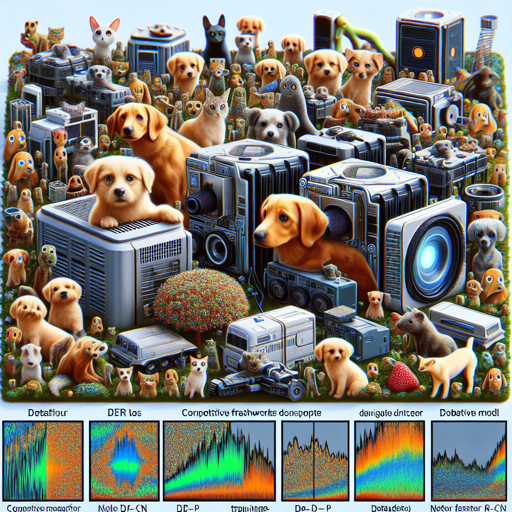In the world of computer vision, the YOLOS model has emerged as a robust solution for object detection tasks. Below, we’ll walk through the steps to effectively use the YOLOS model, understand its workings, and troubleshoot any issues that may arise.
What is YOLOS?
YOLOS (You Only Look One Sequence) is a cutting-edge model introduced in the paper You Only Look at One Sequence: Rethinking Transformer in Vision through Object Detection. This small-sized Vision Transformer (ViT) is finely tuned on the COCO 2017 dataset, which contains a whopping 118k annotated images. YOLOS employs a unique training method using DETR loss, achieving competitive results compared to more complex frameworks like Faster R-CNN, hitting a remarkable 42 Average Precision (AP) on COCO validation 2017.
Understanding YOLOS: An Analogy
Imagine YOLOS as an efficient shopping assistant in a grocery store. Instead of a hefty shopping list, YOLOS refers to a limited number of ‘queries’ (like a few items on your list) while browsing the aisles (detecting objects in images). Each query corresponds to an object the assistant is looking for.
- The shop assistant compares the items (queries) against what’s actually on the shelf (ground truth annotations).
- If there are more queries than items (like 100 queries and only 4 objects), the assistant placeholders for empty spots with ‘no object’.
- Using a smart pairing technique (Hungarian matching algorithm), the assistant matches its queries to the actual items optimally.
- Finally, the assistant checks the items to see if they’re fresh and fits their description (class and bounding box optimization).
This analogy illustrates the efficiency and simplicity behind YOLOS, making it suitable for quick identification of multiple objects in a scene!
How to Use YOLOS Model
To get started using the YOLOS model for object detection, follow these steps:
- First, ensure you have the necessary libraries installed. You will need the Transformers library from Hugging Face and the Python Imaging Library (PIL).
- Prepare your script as shown below:
python
from transformers import YolosFeatureExtractor, YolosForObjectDetection
from PIL import Image
import requests
url = "http://images.cocodataset.org/val2017/00000039769.jpg"
image = Image.open(requests.get(url, stream=True).raw)
feature_extractor = YolosFeatureExtractor.from_pretrained("hustvl/yolos-small")
model = YolosForObjectDetection.from_pretrained("hustvl/yolos-small")
inputs = feature_extractor(images=image, return_tensors="pt")
outputs = model(**inputs)
# model predicts bounding boxes and corresponding COCO classes
logits = outputs.logits
bboxes = outputs.pred_boxes
Model Training Data
YOLOS was pre-trained on ImageNet-1k and fine-tuned on COCO 2017 object detection dataset, making it a powerful tool for real-world applications.
Evaluation Results
Upon evaluation, YOLOS achieves an impressive average precision (AP) of 36.1 on the COCO 2017 validation set. This result is a testament to its efficiency and reliability in object detection tasks.
Troubleshooting Common Issues
If you encounter problems while using the YOLOS model, consider the following troubleshooting tips:
- Model Not Found: Ensure you’ve correctly spelled the model name and installed the latest version of the Transformers library.
- Data Input Errors: Double-check the image URL; invalid URLs will result in errors during the image download process.
- Output Issues: If you receive unexpected outputs, verify the pre-processing steps, as images must be processed with the feature extractor before passing them into the model.
- Environment Issues: Ensure your environment supports PyTorch as both the model and feature extractor depend on it.
For more insights, updates, or to collaborate on AI development projects, stay connected with fxis.ai.
Conclusion
Using YOLOS for object detection opens up numerous possibilities in the realm of computer vision. Its efficient design and ease of use make it an appealing choice for developers and researchers alike.
At fxis.ai, we believe that such advancements are crucial for the future of AI, as they enable more comprehensive and effective solutions. Our team is continually exploring new methodologies to push the envelope in artificial intelligence, ensuring that our clients benefit from the latest technological innovations.

